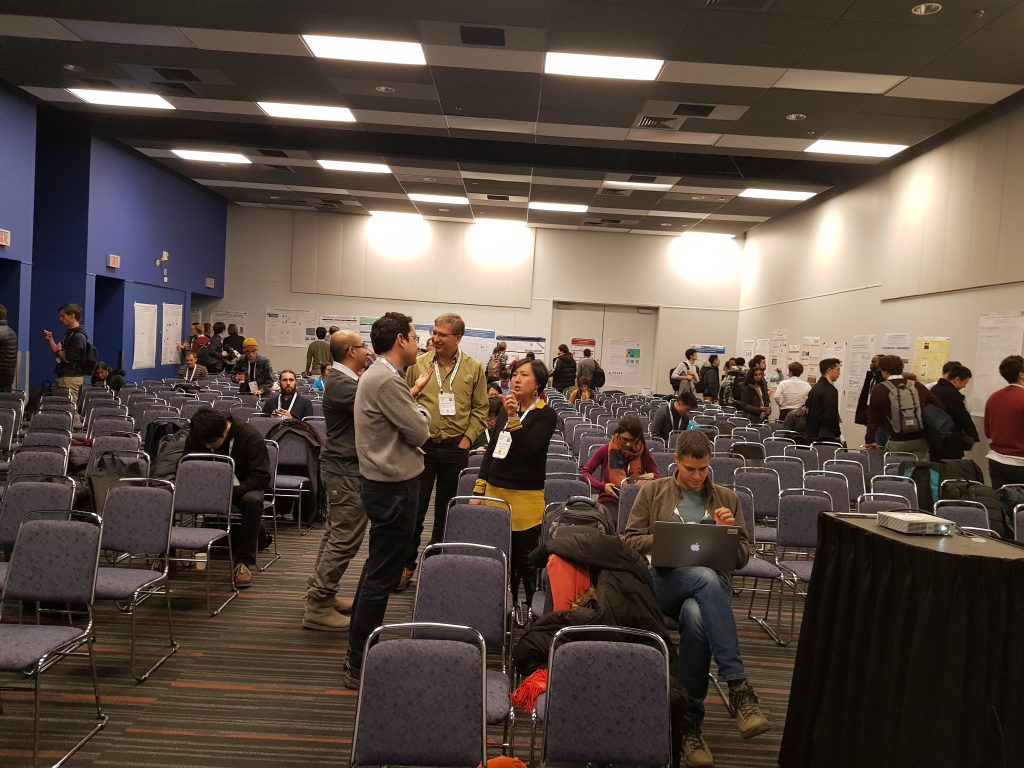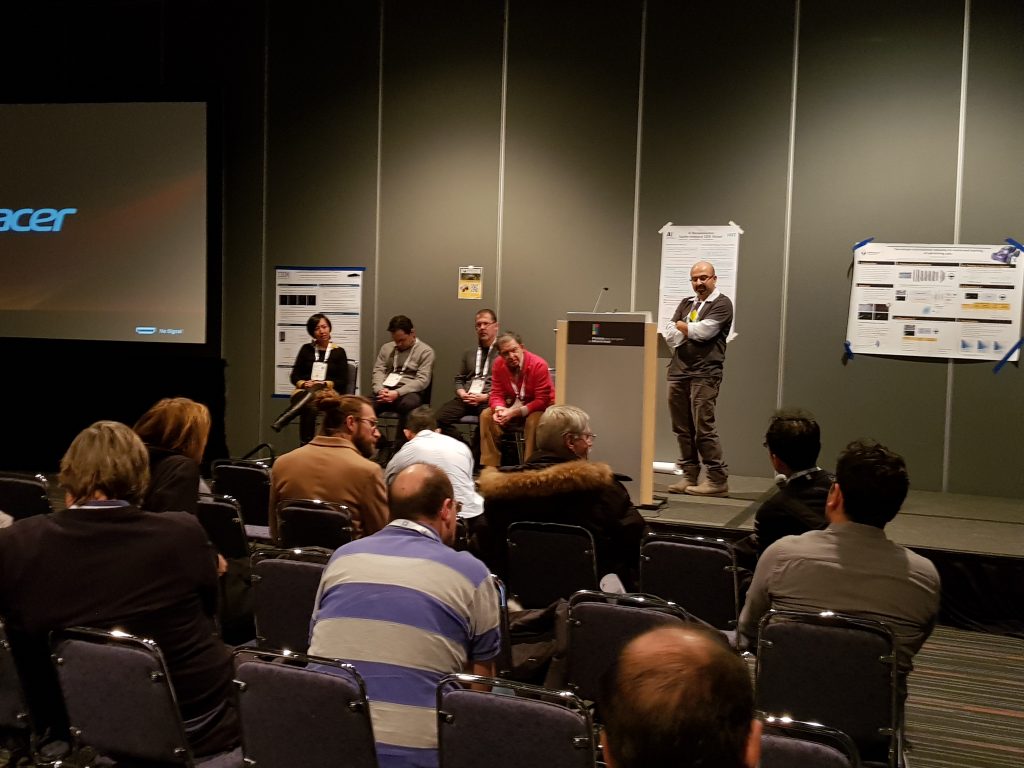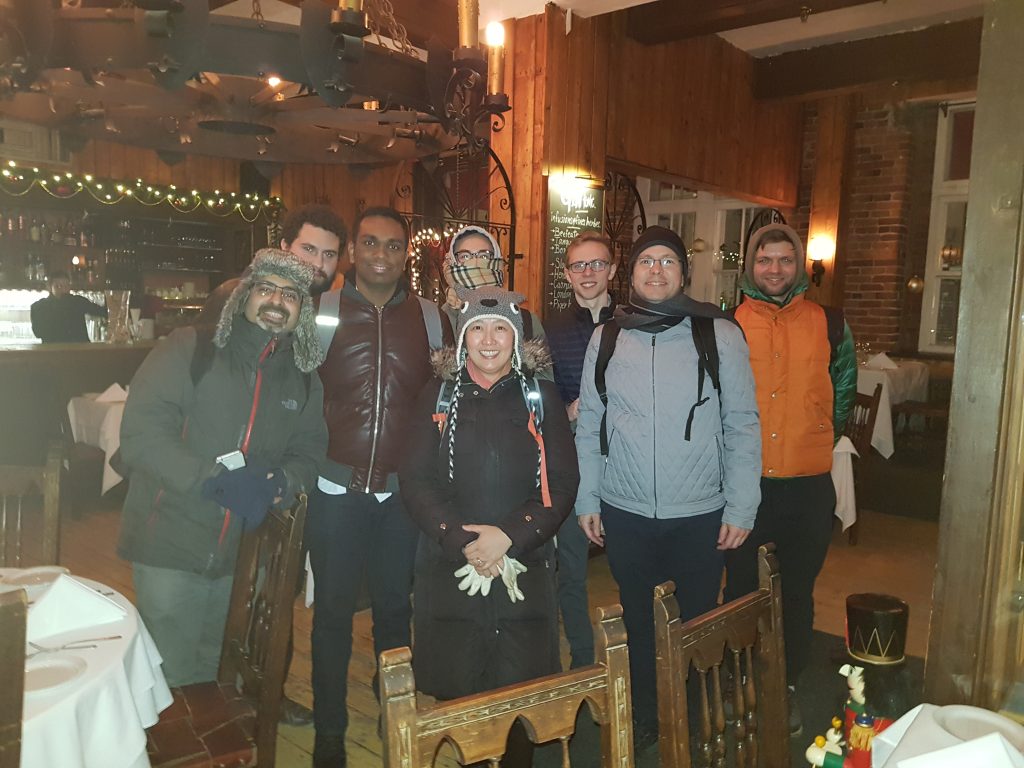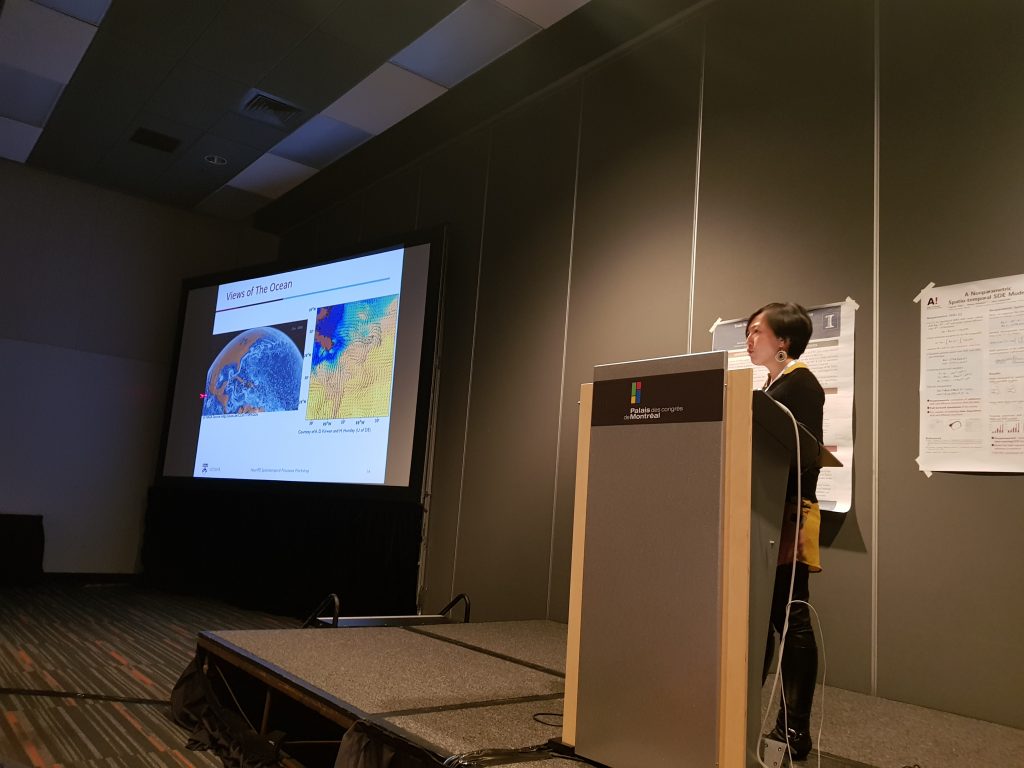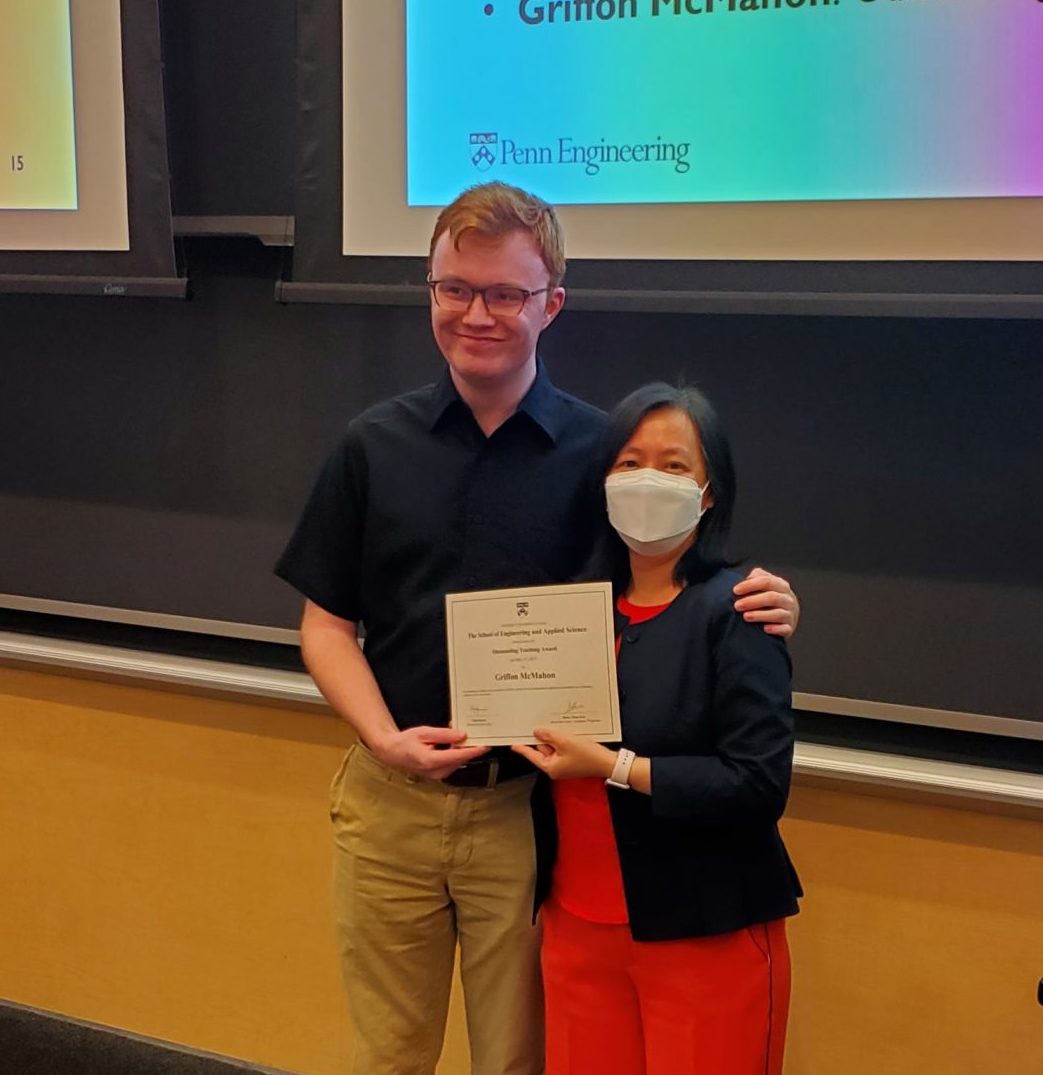
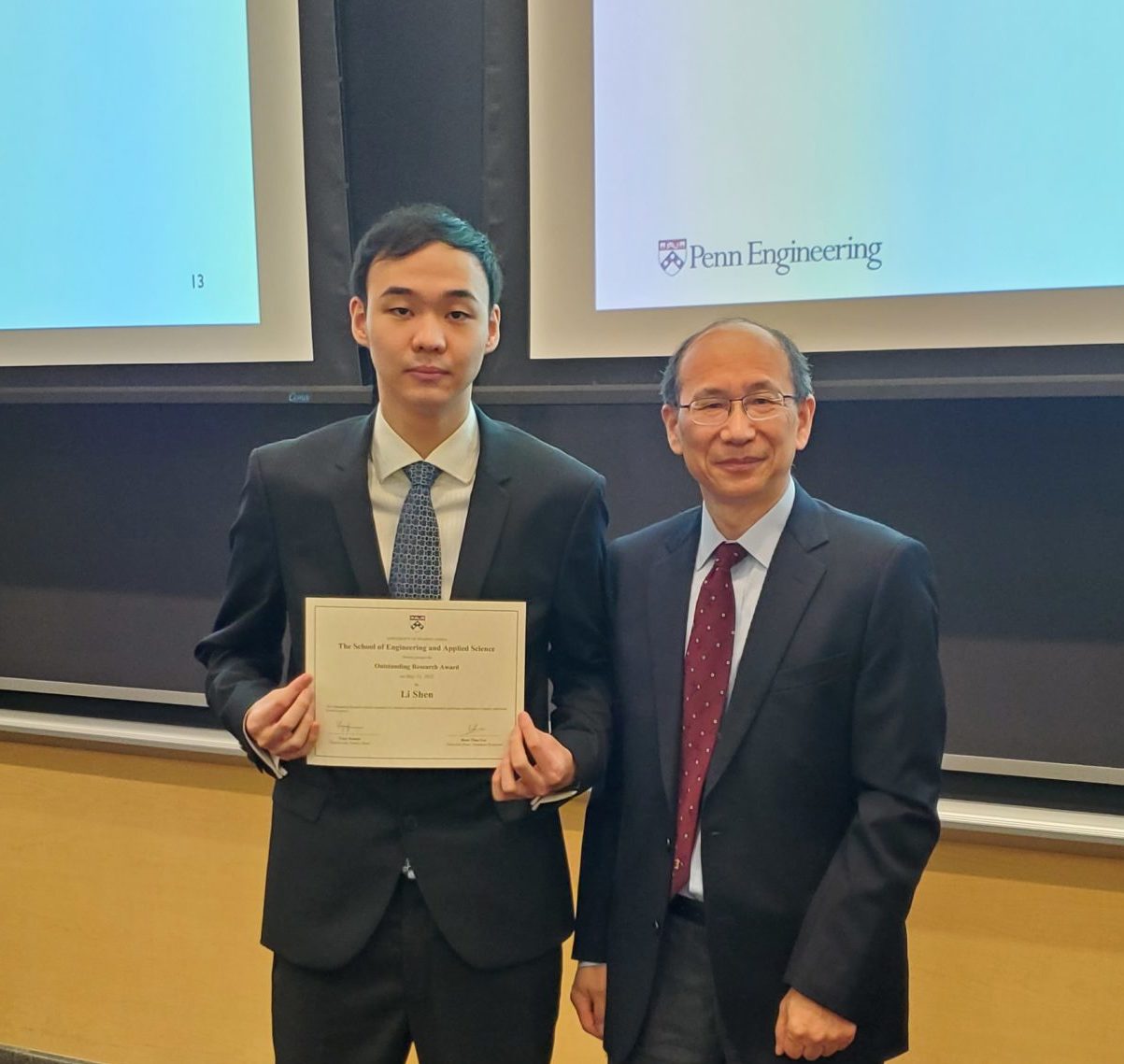


Please join us at our workshop at ICRA 2022 in Philadelphia.
Details about the workshop can be found here.
Please register through the ICRA registration portal.
Ariella Mansfield, Rebecca Li, and Michael Soprepera won the Penn Health-Tech’s Rothberg Catalyzer, a two-day makerthon that challenges interdisciplinary student teams to prototype and pitch medical devices that aim to address an unmet clinical need.
The team took home the top prize of $10,000 for their project, an orthotic device that children with cerebral palsy can more comfortably wear as they sleep.
Read more about the project here.
Dhanushka Kularatne, Eric Forgoston, and M. Ani Hsieh
Abstract: We present a strategy to control the mean stochastic switching times of general dynamical systems with multiple equilibrium states subject to Gaussian white noise. The control can either enhance or abate the probability of escape from the deterministic region of attraction of a stable equilibrium in the presence of external noise. We synthesize a feedback control strategy that actively changes the system’s mean stochastic switching behavior based on the system’s distance to the boundary of the attracting region. With the proposed controller, we are able to achieve a desired mean switching time, even when the strength of noise in the system is not known. The control method is analytically validated using a one-dimensional system, and its effectiveness is numerically demonstrated for a set of dynamical systems of practical importance.
Status: Published online. doi: 10.1063/1.5090113
Congratulations to Tahiya Salam for receiving the prestigious NSF Graduate Research Fellowship!
Don’t miss Cong Wei’s ACC 2019 presentation on “Low-Range Interaction Periodic Rendezvous Along Lagrangian Coherent Structures”. The presentation will be held on Friday, Jul 12, 2019 in the FrA03 Regular Session in Franklin 3.
ACC 2019 will be held in Philadelphia, PA USA from Jul 10-12, 2019. For more information visit http://acc2019.a2c2.org/.
Tahiya Salam will be presenting her RA-L paper entitled “Adaptive Sampling and Reduced Order Modeling of Dynamic Processes by Robot Teams” on Wednesday, May 22, from 11:30am-12:45pm in the WeBT1-03 Interactive Session in 220.
Daniel Mox will be presenting his ICRA 2019 paper entitled “Evaluating the Effectiveness of Perspective Aware Planning with Panoramas” on Tuesday, May 21, from 11:00am-12:15pm in the TuAT1-16 Interactive Session in 220.
ICRA 2019 will be held in Montreal, Canada from May 20-24, 2019. For more info go to https://www.icra2019.org/.
This work focuses on developing collaborative exploration strategies that allow robots and humans to learn and co-adapt to exploit synergies within human-robot teams. Many existing collaborative strategies allocate tasks by leveraging each member’s strengths. By allowing robots to learn from their human teammates, humans can transfer some of their tasks to their robotic teammates enabling them to focus on tasks that are particularly challenging for robots, e.g., complex manipulation tasks. The goal of this work is to develop a framework that enables robots to learn domain specific knowledge to improve its execution of a collaborative human-robot tasks.
Initial results include a neural network-aided robot exploration strategy where domain expert knowledge, in conjunction with geometric and topological features around the exploration frontier, is used to improve the performance of a robot-only exploration strategy. The idea is for a robot to learn and apply domain expert knowledge during its selection of next best candidate location for exploration and mapping. We compared our approach to a baseline information-theoretic mapping and exploration strategy where a single robot is tasked to map and explore an unknown office-like environment. Our results shows how domain knowledge can improve the overall performance of the untrained strategy. In particular, our strategy shows a significant increase in the acquisition rate of semantic and topological information of the workspace during exploration.
This work is currently extended to enhance geology practice and workflow. We are collaborating with cognitive scientists and geologists to develop strategic data-collection routines and support scientific inferences in natural environments. Aerial robots equipped with onboard odometry, cameras, and lidars are particular well suited for these tasks since geologists are often interested in rock formations located in regions that are difficult to access by foot. Furthermore, collection of large amounts of surface and three dimensional data can be automated rather than rely on sparse manual measurements. Initial data collection efforts are focused in the Mecca Hills region in Southern California.
Being able to estimate and predict information about dynamic processes deepens our understanding of biological, chemical, and physical phenomena in the environment. Often, these dynamic processes exhibit complex, spatio-temporal behaviors. Mobile robots are particularly well-suited to monitor these processes because of their abilities to carry sensors and adapt their sensing locations. Robots can be used to support a wide range of activities dependent on tracking and predicting processes that vary across both space and time, such as tracking oil spills in water or pollutant concentrations in air for environmental monitoring, gas leaks for pipeline repair, or forest fire boundaries for search and rescue. For these processes, autonomous mobile robots modeling the environment and determining where to gather sensor measurements are cheaper than global tracking systems and more adaptive than fixed sensors. The process dynamics provide rich information about its spatial and temporal dependencies. Thus, robots should leverage their mobility and sensing capabilities to adequately model and estimate the environment.
However, given that they are inherently complicated, spatio- temporal processes are often difficult to model in a meaningful way, and even in scenarios where representations are available, they are often high-dimensional, which is computationally burdensome. Additionally, these processes often occur in dynamic, uncertain environments, so robots should not rely on centralized techniques to mitigate the effects of communication constraints and robot failures. The question then still remains as to how robots can leverage the spatio-temporal dynamics of the process to model and estimate the environment in a distributed way.
The goals of this project are to develop strategies to enable a team of mobile robots to adaptively sample and track a dynamic process. We create a distributed algorithm, where robots collect sparse sensor measurements, create a reduced-order model of a spatio-temporal process, and use this model to estimate field values for areas without sensor measurements of the dynamic process.
A concentration field was mapped and projected onto the tank using the video from a fluids experiment in an experimental flow tank. Four robots robots then tracked the projected concentration field using our developed distributed algorithm.
Ani presented a talk titled Modeling, Tracking, and Learning Coherent Spatiotemporal Features in Geophysical Flows at the 32nd Annual Conference on Neural Information Processing Systems (NIPS) for the Spatiotemporal Workshop. Check out some pictures from the workshop below.
